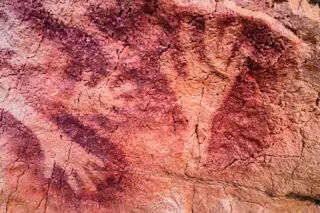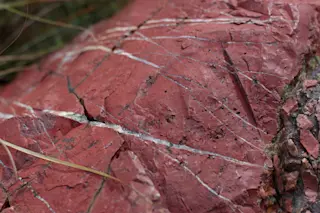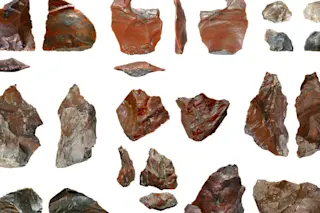The ancient Romans were no slouches when it came to construction, creating whole cities out of concrete, crammed with tremendous temples, arenas and aqueducts that still stand today. Whether the Pantheon or the Colosseum, these buildings were built to survive. But what was the secret to their strength?
According to a study in Science Advances, the techniques that the ancient Romans used to mix their concrete caused a smattering of small mineral chunks to appear throughout the material. And though these chunks were previously interpreted as imperfections in the concrete, the study authors assert that they are actually the secret ingredient that makes Roman structures so solid, allowing them to mend themselves over time.
Much more than solving an age-old architectural mystery, the authors add that their work could contribute to more sturdy, more sustainable forms of concrete in the future, cutting the overall toll of the material on our ...













